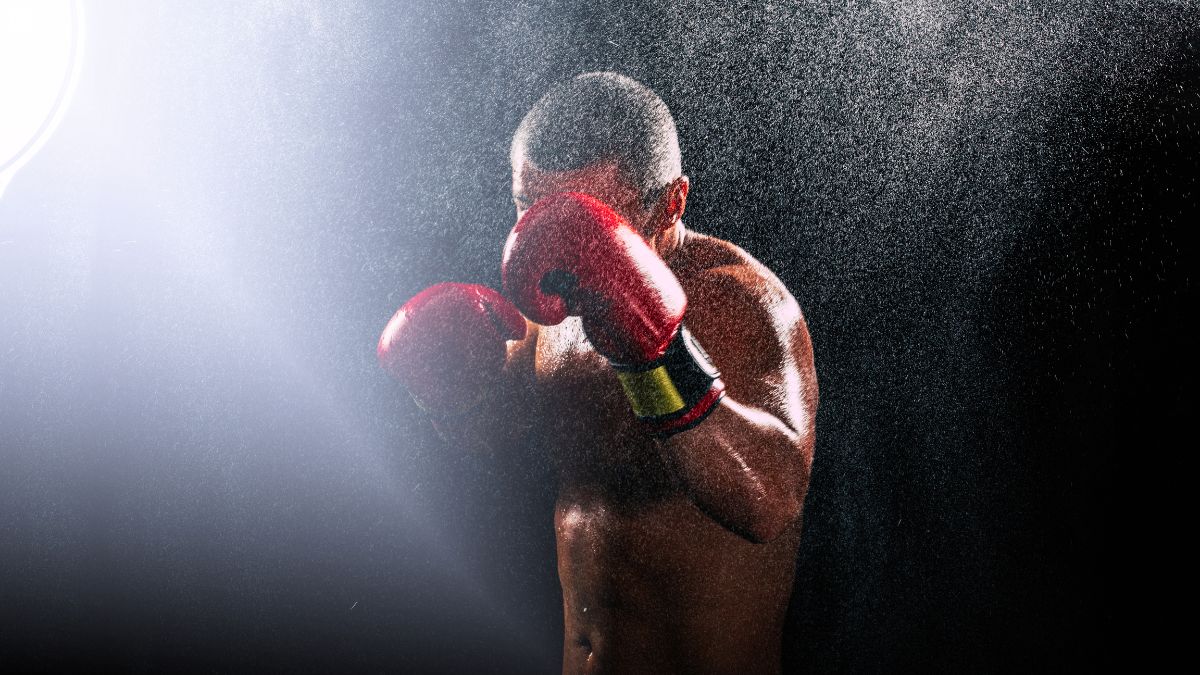The Controversial Judging in Boxing
The Controversial Judging in Boxing
The Role of Boxing in American Popular Culture

The Role of Boxing in American Popular Culture
In the pulsating heart of American popular culture, where the rhythm of society’s most profound narratives beats strongest, stands the towering figure of boxing. This is not just a sport; it’s a saga written in sweat, blood, and the indomitable human spirit. Boxing, with its rich tapestry of triumph and tragedy, has woven itself into the very fabric of American identity, becoming a mirror reflecting the nation’s struggles, victories, dreams, and the undying quest for greatness.
From the smoky arenas of the early 20th century to the dazzling lights of Las Vegas mega-fights, boxing has captured the American imagination like few other phenomena. It’s a realm where heroes are forged and legends come to life, where the underdog’s tale finds its most vivid expression. The boxing ring becomes a stage for epic narratives of resilience, where fighters are not just athletes but gladiators battling against odds that often transcend the physical confines of the sport.
Consider the iconic figures of Joe Louis, Muhammad Ali, and Sugar Ray Leonard—each a symbol of their times. Joe Louis was more than a heavyweight champion; he was a beacon of hope during the dark days of racial segregation, his victories serving as a powerful counterpunch to the prejudices of the era. Muhammad Ali, with his poetic bravado and political activism, became the voice of a generation, challenging societal norms inside and outside the ring. Sugar Ray Leonard, with his charismatic smile and dazzling speed, epitomized the glamour and complexity of the 1980s. These pugilists were not merely fighters; they were emblematic of the American spirit, battling not just opponents but societal injustices, embodying the hopes and fears of the nation.
Boxing’s influence extends far beyond the confines of the sport, permeating American cinema, literature, and language. The Rocky series, for instance, is not just a collection of movies about a boxer; it’s a cultural phenomenon that speaks to the quintessential American dream—the idea that anyone, regardless of their background, can achieve greatness through determination and hard work. Phrases like “down for the count,” “throw in the towel,” and “the gloves are off” have entered everyday language, drawing directly from the lexicon of boxing, further illustrating the sport’s ingrained presence in American dialogue.
The allure of boxing also lies in its simplicity and universality. It’s a sport that requires minimal equipment but demands maximum heart, a metaphor for life’s battles where success often hinges on the will to persevere through adversity. This raw, unadulterated confrontation between two individuals in the ring becomes a powerful narrative of human endurance, ambition, and the relentless pursuit of excellence.
In the end, the role of boxing in American popular culture is a testament to the sport’s ability to inspire, to tell stories that resonate with the fundamental aspects of the human condition—struggle, triumph, defeat, and redemption. Boxing, in its most sublime moments, transcends the boundaries of sport, becoming a beacon of hope and a source of inspiration. It reminds us of the power of the human spirit to overcome, to fight on against the odds, and to emerge, battered but unbowed, in the relentless pursuit of dreams. In the grand tapestry of American culture, boxing stands as a vivid thread, colorfully illustrating the nation’s character, its conflicts, its aspirations, and its enduring resilience.